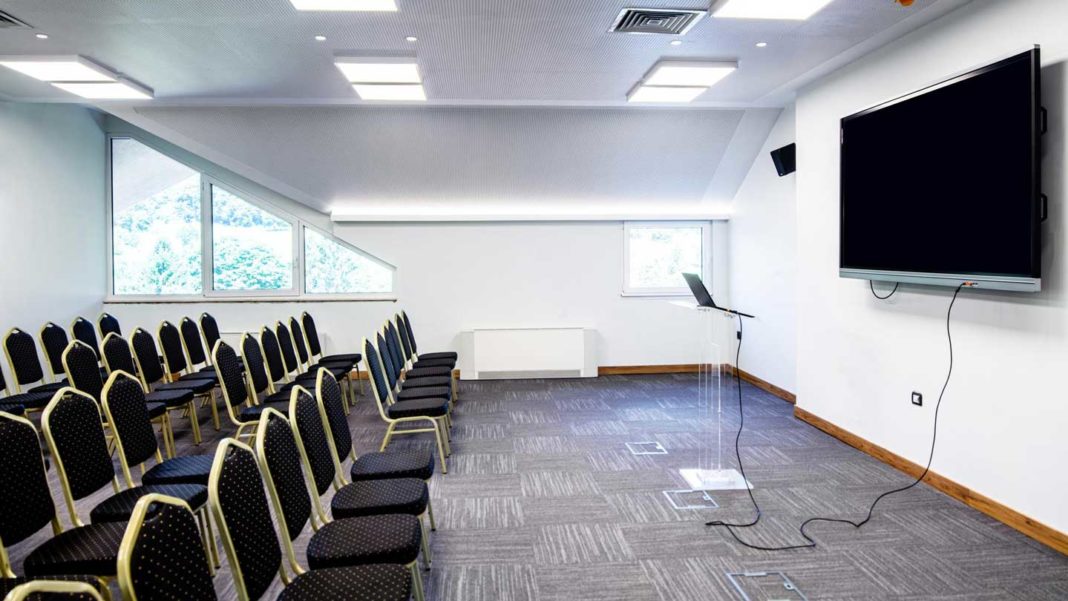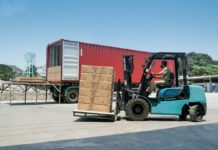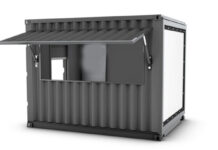Container classrooms are one new idea that is reshaping the future of education, which has seen significant development in recent years. These refurbished shipping containers offer an innovative and flexible classroom solution to many issues plaguing conventional school buildings.
This article delves into container schools and their potential to change the face of education. Read on for helpful advice before searching for a mobile ticket booth rental near me.
The Rise of Container Classrooms
Container classrooms are becoming more popular as a practical and affordable way to meet the expanding needs of education. Container classrooms are a functional solution to the problem of inadequate educational facilities caused by a lack of traditional building construction.
These classrooms are made out of repurposed shipping containers, which are cheap, abundant, and mobile. Container schools are a great way to educate underprivileged groups, rural places, or areas hit by natural catastrophes because of their mobility.
They’re a fast and easy fix that helps teachers get classes up and running for pupils who would not have access to education otherwise. Teachers may set up study nooks, group work areas, and independent workspaces in one location because of the adaptable nature of container classrooms.
Innovative Design and Features
A container classroom is not just any old repurposed shipping container; it is a specially designed place built around the needs of students. A container classroom’s interior may be designed to fit the demands of any curriculum, making it a pleasant learning environment for pupils.
The ideal learning environment includes comfortable seats, enough lighting, and adequate ventilation. Interactive whiteboards, audiovisual systems, and wireless Internet access are just a few examples of cutting-edge tools that may be installed in a container school.
These technological advancements make student access to digital resources, multimedia learning experiences, and global connections possible. Container classrooms are designed and outfitted with a focus on utility and comfort, creating an atmosphere conducive to teaching and learning.
Environmental Sustainability
Container schools have many benefits, but one of the most important is their positive impact on the environment. Shipping containers may be reused as classrooms, reducing landfill trash and carbon emissions.
By opting for container classrooms, universities and colleges support the circular economy by encouraging material reuse and reducing waste. Furthermore, several eco-friendly characteristics may be found in container classrooms.
Green roofs, for instance, may improve insulation and encourage biodiversity, while solar panels can let them tap into sustainable energy sources. Adopting such eco-friendly policies affords pupils many chances to study environmental responsibility.
Flexibility and Scalability
The adaptability and scalability of container classrooms make them an excellent option for schools with ever-evolving requirements. Container classrooms are highly adaptable, allowing schools to quickly relocate in an emergency or to accommodate a growing student body.
Because of its portability, container classrooms allow teachers to hold classes whenever and wherever they see fit. They’re flexible answers that may be used to bridge learning gaps and encourage participation from all demographics.
Because of their versatility may be used to set up makeshift classrooms so students’ education isn’t interrupted by remodeling or building work. Container classrooms provide educational institutions with the scalability and flexibility necessary to respond quickly to the changing needs of their students and communities.
Empowering Innovative Teaching Methods
The use of shipping containers as classrooms has the potential to encourage creative pedagogies and one-on-one student attention. Because of the adaptable nature of container classrooms, teachers may set up study nooks, group work areas, and independent workspaces in one location.
Having places that can be adapted to various learning styles and group dynamics is a great way to get students involved and keep them learning. Flexible classroom layouts allow educators to try new methods of instruction and provide students with opportunities to think critically and creatively.
Mobile ticket booth rental near me and shipping container classrooms may expand students’ access to real-world learning opportunities outside the four walls of a regular institution.
Conclusion
Innovative, eco-friendly, and adaptable container classrooms are changing the face of education. These state-of-the-art classrooms let teachers break out of stale routines, encourage green practices, and give them the freedom to try something new.
Moving forward, container classrooms can eliminate the achievement gap, provide quality education to marginalized places, and foster a more flexible and open educational system.




